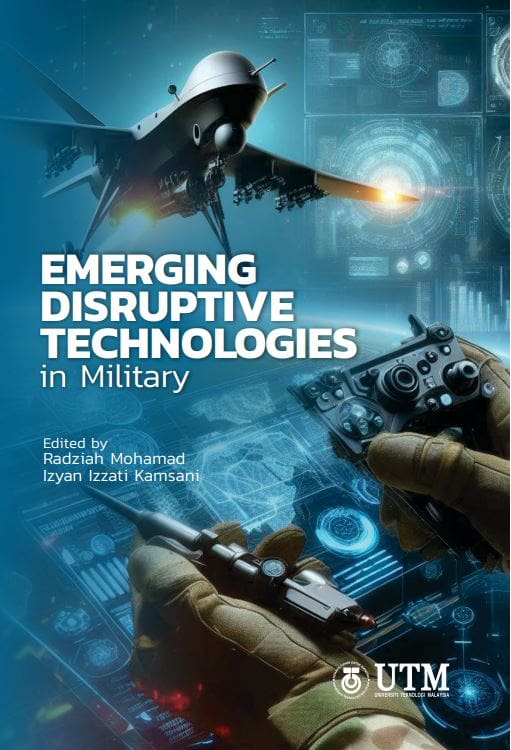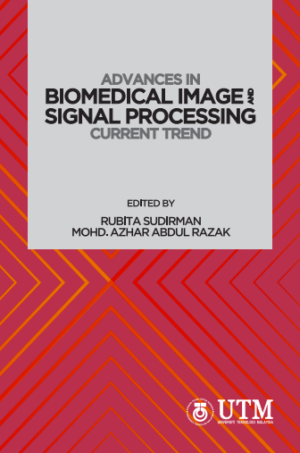Description
This book investigates the revolutionary effects of developing technologies on military operations. New disruptive technologies are altering the modern battlefield as technology continues to grow at an unparalleled rate. This research investigates the synergistic potential of computational techniques in three critical areas of military operations: intelligent weapon management systems, military education training systems, and cybersecurity for unmanned weapon systems. It is divided into two primary sections: computational method and cybersecurity. The computational method area examines using artificial intelligence, machine learning, and data to improve target acquisition, decision support, and autonomous control systems. The authors examine how computational modelling and simulation techniques can enhance the precision, responsiveness, and operational efficacy of intelligent weapon systems. The application of computational methodologies in protecting the communication lines, command and control systems, and navigation systems of unmanned armed systems is discussed in the cybersecurity chapters. They underline the importance of aggressive cybersecurity measures to protect these vital military assets. This volume’s chapters could serve as a comprehensive guide for military professionals, policymakers, researchers, and technologists wanting to utilise computational techniques and cybersecurity in military operations.





